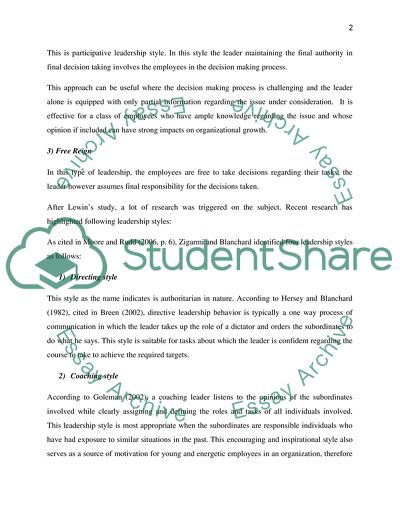Cite this document
(“Evaluation and Analysis of the Leadership Styles Essay”, n.d.)
Evaluation and Analysis of the Leadership Styles Essay. Retrieved from https://studentshare.org/psychology/1569827-assignment-evaluation-and-analysis-case-study
Evaluation and Analysis of the Leadership Styles Essay. Retrieved from https://studentshare.org/psychology/1569827-assignment-evaluation-and-analysis-case-study
(Evaluation and Analysis of the Leadership Styles Essay)
Evaluation and Analysis of the Leadership Styles Essay. https://studentshare.org/psychology/1569827-assignment-evaluation-and-analysis-case-study.
Evaluation and Analysis of the Leadership Styles Essay. https://studentshare.org/psychology/1569827-assignment-evaluation-and-analysis-case-study.
“Evaluation and Analysis of the Leadership Styles Essay”, n.d. https://studentshare.org/psychology/1569827-assignment-evaluation-and-analysis-case-study.


